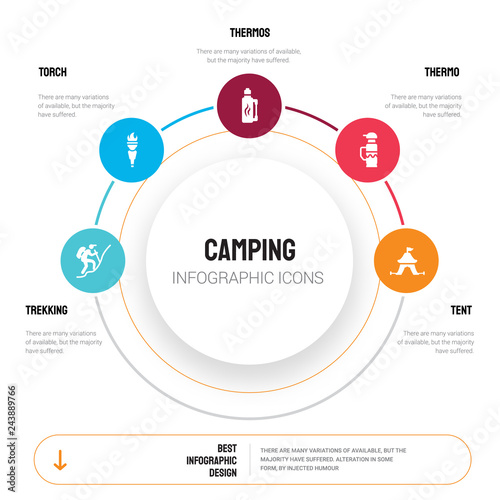Wintertime outdoor camping is a fun and adventurous experience, yet it needs proper equipment to ensure you remain cozy. You'll need a close-fitting base layer to catch your temperature, together with a protecting jacket and a waterproof covering.
You'll also need snow stakes (or deadman anchors) buried in the snow. These can be tied utilizing Bob's clever knot or a regular taut-line drawback.
Pitch Your Outdoor tents
Winter outdoor camping can be an enjoyable and adventurous experience. Nonetheless, it is very important to have the proper gear and understand exactly how to pitch your outdoor tents in snow. This will protect against chilly injuries like frostbite and hypothermia. It is likewise crucial to eat well and stay hydrated.
When setting up camp, make certain to pick a site that is protected from the wind and devoid of avalanche danger. It is likewise an excellent concept to pack down the area around your camping tent, as this will help reduce sinking from body heat.
Before you set up your outdoor tents, dig pits with the very same size as each of the support factors (groundsheet rings and guy lines) in the facility of the tent. Load these pits with sand, stones or even things sacks full of snow to small and secure the ground. You might likewise wish to consider a dead-man support, which includes tying camping tent lines to sticks of wood that are hidden in the snow.
Pack Down the Location Around Your Tent
Although not a need in most areas, snow risks (also called deadman supports) are an excellent enhancement to your outdoor tents pitching set when outdoor camping in deep or compressed snow. They are primarily sticks that are developed to be buried in the snow, where they will ice up and create a strong support factor. For best outcomes, use a clover drawback knot on the top of the stick and hide it in a couple of inches of snow or sand.
Set Up Your Camping tent
If you're camping in snow, it is a good concept to make use of a camping tent developed for wintertime backpacking. 3-season tents function great if you are making camp below timberline and not anticipating especially severe climate, but 4-season tents have stronger posts and fabrics and use more protection from wind and hefty snowfall.
Be sure to bring ample insulation for your sleeping bag and a warm, dry blow up floor covering to sleep on. Inflatable mats are much warmer than foam and help avoid cool spots in your tent. You can also add an added floor covering for sitting or food preparation.
It's additionally a good idea to set up your camping tent near to an all-natural wind block, such as a team of trees. This will make your camp a lot more comfy. If you can not locate a windbreak, you can create your very own by excavating holes and hiding things, such as rocks, tent risks, or "dead man" supports (old outdoor tents individual lines) with a shovel.
Tie Down Your Tent
Snow stakes aren't necessary if you use the best techniques to anchor your tent. Buried sticks (maybe accumulated on your strategy walk) and ski posts function well, as messenger bag does some version of a "deadman" buried in the snow. (The idea is to create an anchor that is so solid you will not be able to pull it up, even with a great deal of initiative.) Some suppliers make specialized dead-man anchors, but I prefer the simpleness of a taut-line drawback tied to a stick and after that buried in the snow.
Understand the terrain around your camp, particularly if there is avalanche danger. A branch that falls on your camping tent could damage it or, at worst, harm you. Likewise be wary of pitching your camping tent on an incline, which can catch wind and result in collapse. A protected area with a low ridge or hillside is better than a steep gully.
